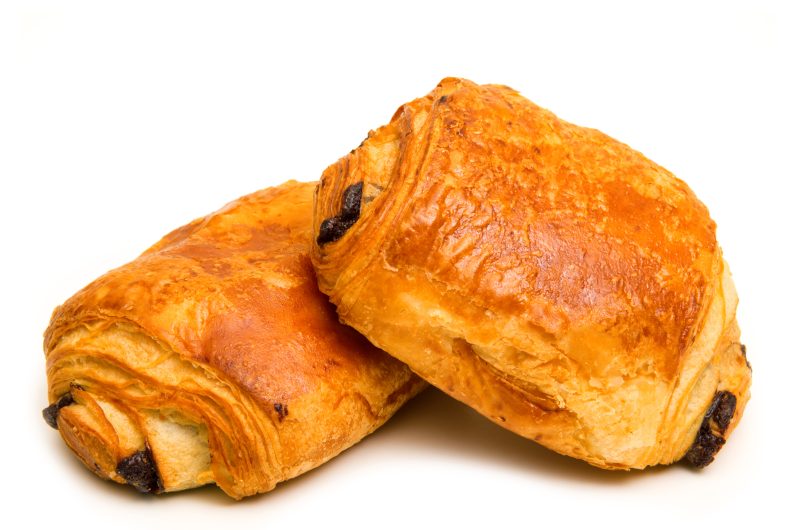
ABOUT THE ART
French School. Altarpiece from Thuison-les-Abbeville: Saint Honoré. 1490-1500. Oil on panel. Panel: 117 × 51.1 cm (46 1/16 × 20 1/8 in.); Painted Surface: 115.5 × 49.5 cm (45 1/2 × 19 1/2 in.) Chicago. Art Institute of Chicago.
The panel in question was originally a component of the altarpiece found at the Carthusian monastery near Abbeville in northern France. The altarpiece’s exterior was adorned with paintings of four saints in niches, while the interior showcased the story of Christ’s Passion and Resurrection through painted narratives on the wings and painted and gilded carvings in the central shrine, which likely featured the Crucifixion. Unfortunately, the carvings were lost. In the mid-19th century, all the wing panels except for one narrative were separated and are now housed in the Art Institute. Picardy, a border region north of Paris, was part of Burgundian Netherlands in the mid-15th century and became part of France in 1477. Its painters were heavily influenced by artists from neighboring provinces, such as Rogier van der Weyden and Simon Marmion.
Saint Honore – May 16th
While not as well-known to the wider Church, St. Honoré (Saint Honoratus of Amiens) is well-known to bakers. He was chosen as the seventh bishop of Amiens, against his wishes. Due to his deep humility, he did not believe himself worthy of the honor. Apparently, neither did his hometown.
Upon hearing the news of his selection as bishop, his nursemaid, who was baking bread for his family, said she would only believe it if she planted her wooden bread-making peel in the ground and it sprouted. The story goes that the planted bread-making peel indeed turned into a great mulberry tree, filled with flowers and fruit. St. Honoré became the patron saint of bakers, and the Paris baking guild was founded in his church.
For the Feast Day of St. Honoré, we are making Pain au Chocolat.
Pain au chocolat is a sweet roll consisting of yeast-leavened laminated dough with one or two pieces of chocolate in the center. Pain au chocolat is made of the same layered dough as a croissant. They are a delicious treat and a great way to honor St. Honoré.

Pain au Chocolat
Pain au chocolat, also known as chocolate croissant, is a French pastry that consists of a buttery, flaky, and crisp pastry shell with a filling of rich and smooth chocolate in the center. Pain au chocolat is often served warm as a breakfast or brunch pastry, and it is a popular treat in French bakeries and cafes.
Keep the screen of your device on
Ingredients
1 1/2 cups 1 1/2 milk
1/4 cup 1/4 sugar
4 1/2 cups 4 1/2 all-purpose flour
2 1/2 teaspoons 2 1/2 instant yeast
2 1/2 teaspoons 2 1/2 salt
4 tablespoons 4 unsalted butter, softened
24 tablespoons 24 unsalted butter, cold (for butter block)
Chocolate chips or bar (of your choice)
1 large 1 egg, beaten with a pinch of salt
Directions
- In a mixing bowl, stir together the 1 1/2 cups milk, 1/4 cup sugar, 2 cups of the flour, 2 1/2 teaspoons instant yeast, 2 1/2 teaspoons salt, and 4 tablespoons unsalted butter, softened. Mix until fairly evenly blended.
- Add the remaining flour and stir until the dough pulls away from the side of the bowl. Turn the dough out and knead it until it just starts to smooth out. You don’t want to over-knead it at this point, since it’s going to spend a considerable amount of time rising.
- Place the dough in a lightly greased bowl, cover, and let rise for about an hour.
- After an hour at room temperature, refrigerate the dough (in its covered bowl) for 8 to 16 hours.
- Just before the dough is ready to come out of the fridge, prepare the 24 tablespoons unsalted butter for rolling into the dough. Cut each of the three sticks in half lengthwise and place all six pieces on a floured piece of waxed paper or plastic wrap. Sprinkle flour on the top surface of the butter, cover with another piece of paper or plastic and gently pound it with a rolling pin until it becomes malleable. Then roll the butter out until it’s about 8? x 8?.
- Remove the dough from the refrigerator, place it on a lightly floured surface and roll it into a 12? square. Place the butter in the center of the dough at a 45° angle; it’ll look like a diamond inside the square. Fold the four flaps of dough into the center to enclose the butter, pinching them together as best you can.
- Roll the dough into a 10? x 20? rectangle. Fold one third into the center, then the opposite third over the first, this is called a letter fold.
- Turn the dough 90° and roll it into a 10? x 20? rectangle again.
- Fold each of the shorter edges toward the center until they meet without overlapping. Fold the dough in half along the center where the edges meet, as if closing a book, then turn it 90°; this is called a book fold.
- Wrap the dough in lightly floured plastic wrap and refrigerate it again for at least 8 hours (or up to 24 hours), until you’re ready to use it.
- Remove the dough from the refrigerator, cut it in half and return one half to the refrigerator.
- Roll the other half out until it’s a generous 8? x 24?. With a bench knife, cut the dough into eight 4? x 6? pieces.
- Place some chocolate chips or blocks at one end of each piece and roll it up into a tube. Place, seam side down, on a lightly greased or parchment lined baking sheet. Press down on the tops of the rolls to flatten them into a rectangle shape. Repeat with the remaining dough. Cover and let rise in a warm place for about an hour.
- Towards the end of the rising time, preheat the oven to 425°F.
- Before baking, brush the egg/salt glaze over the tops of the rolls. Bake the rolls for 18 to 20 minutes, until golden brown. Remove them from the oven and allow them to cool a bit before you bite into them; the structure needs a chance to set.
- After baking you can also drizzle the tops with more melted chocolate, if preferred.